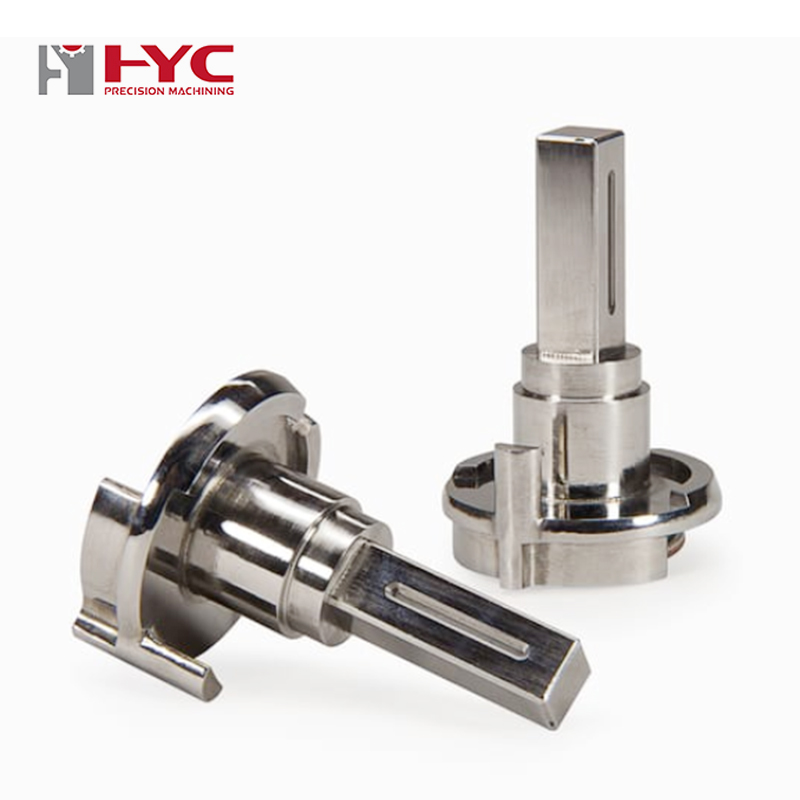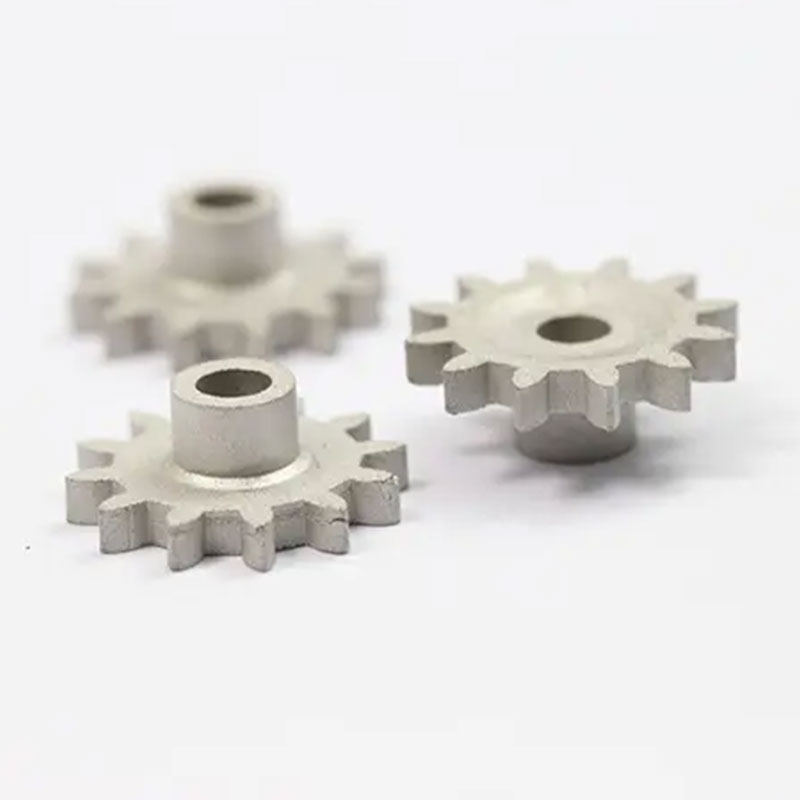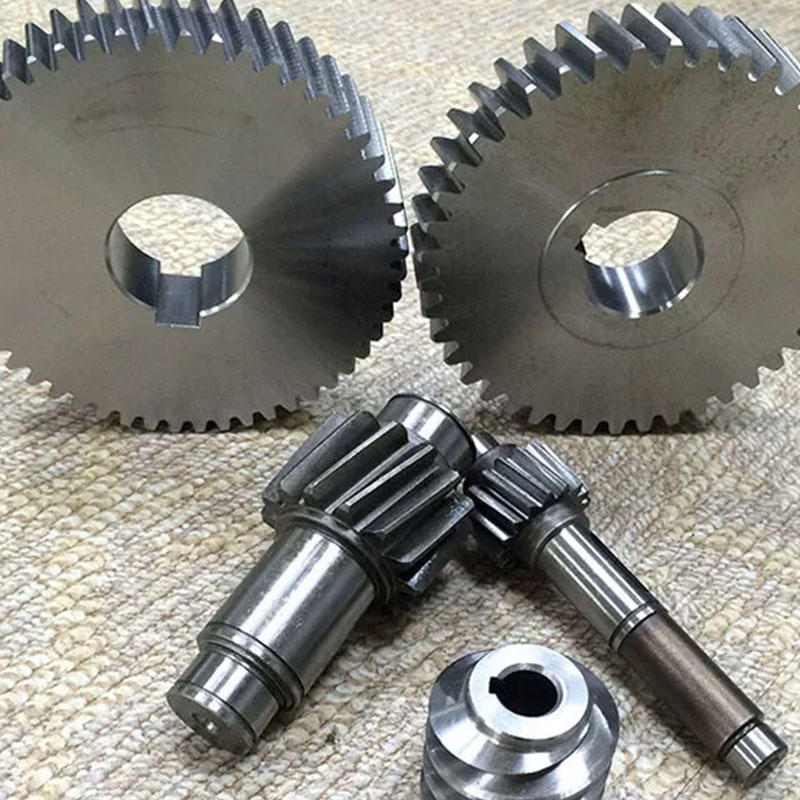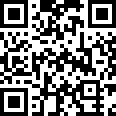
Privacy statement: Your privacy is very important to Us. Our company promises not to disclose your personal information to any external company with out your explicit permission.
2022-09-14
The workpiece rotates, and the turning tool moves in a straight line or a curve in the plane. Turning is generally carried out on a lathe to process the inner and outer cylindrical surfaces, end surfaces, conical surfaces, forming surfaces and threads (see threading) of the workpiece. When turning the inner and outer cylindrical surfaces, the turning tool moves in a direction parallel to the axis of rotation of the workpiece. When turning the end face or cutting off the workpiece, the turning tool moves horizontally in the direction perpendicular to the axis of rotation of the workpiece. If the movement path of the turning tool forms an oblique angle with the axis of rotation of the workpiece, a conical surface can be machined. For turning the surface of the formed body of revolution, the forming tool method or the tool nose trajectory method can be used.

Our products also include Cnc Turning Parts, which are parts that are processed by lathes on lathes; CNC Machining Parts, which usually refer to computer digitally controlled precision machining; and Gear Cutting, using forming cutting, The cutting edge on the milling cutter is in the shape of the tooth slot of the gear; there are also Lighting Accessories, which are similar to LED lights, some auxiliary tools; and Precision Grinding Parts, which are a processing method for removing fine chips with tiny multi-blade tools. . If you want to know more, welcome to consult us, we will serve you wholeheartedly!



Share to:
Send Inquiry

Mr. Zou
Tel:86--15013568605
Fax:
Mobile Phone:+8615013568605
Email:zou@hycmetal.com
Address:Shop 26-27, Commercial Street, Niutou Village, Niushan Village Committee, Dongcheng District, Dongguan, Guangdong
Related Products List
Mobile Site


Privacy statement: Your privacy is very important to Us. Our company promises not to disclose your personal information to any external company with out your explicit permission.

Fill in more information so that we can get in touch with you faster
Privacy statement: Your privacy is very important to Us. Our company promises not to disclose your personal information to any external company with out your explicit permission.